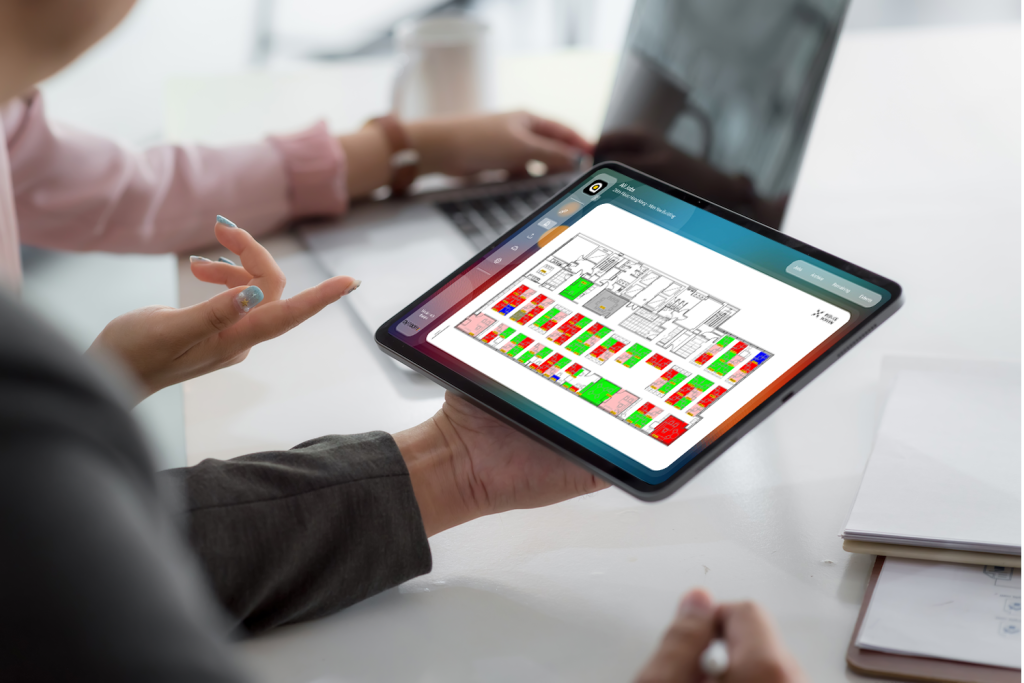In the wake of the global shift to hybrid work, organizations around the world are reassessing the role of the office. What was once a given—full-time, in-office attendance—is now a nuanced, evolving strategy that requires balancing employee flexibility with real estate efficiency. The challenges are clear: bringing people back into the office, keeping utilization levels steady, and preparing for future change.
The Office Is Open… But Is It Being Used?
One of the most common pain points organizations face is low and inconsistent office utilization. Employees are no longer showing up every day, and many buildings sit half empty for large portions of the week. While hybrid work is here to stay, unoptimized space is costly—both in terms of overhead and missed opportunities to foster collaboration and culture.
To navigate this, companies need real-time insights into how their workspaces are actually being used. That’s where Accordant by CADM comes in.
Smarter Utilization with Accordant
Accordant is a powerful workplace management platform that helps organizations analyze, visualize, and optimize their space. With Accordant, companies can conduct detailed utilization studies that give a true picture of how their buildings, floors, and even individual desks are being used.
Some of the key features include:
- Heat Maps: Visualize space occupancy across your portfolio. Quickly identify underutilized zones and high-traffic areas to inform space redesigns or policy changes.
- Sensor and Badge Data Integration: Pull in data from multiple sources to build a clear picture of workspace usage.
- Flexible Reporting: Create custom reports for leadership, real estate teams, and facilities managers—making it easier to track trends, prove ROI, and drive strategic decisions.
- Scenario Planning Tools: Test potential layout changes or relocations before making them live, reducing risk and improving agility.
With these insights, companies can make informed choices about downsizing, reconfiguring, or even expanding their workspaces based on actual behavior—not assumptions.

Making the Office a Destination, Not a Demand
Beyond the numbers, the experience matters. It’s not just about how many people are coming in, but why they’re coming in. Organizations are rethinking the office environment to make it more intentional—emphasizing collaboration zones, focus spaces, social areas, and wellness amenities that give employees a reason to return.
Accordant helps organizations support this transformation by providing the tools to:
- Align design with actual usage patterns
- Reduce wasted space
- Improve the employee experience
- Adapt quickly to changes in headcount or policy
Planning for the Future
Change is the only constant in today’s workplace landscape. Companies that take a reactive approach to space planning risk falling behind, while those that embrace data-driven, flexible strategies are better equipped for the road ahead.
With Accordant, teams can build a workplace strategy that evolves as fast as their workforce does—optimizing real estate, improving efficiency, and ultimately creating spaces that support both business goals and employee needs.
Conclusion
The challenge isn’t just getting people back to the office—it’s building a workspace strategy that works for today andtomorrow. Tools like Accordant by CADM make it possible to truly understand your space, turn data into insight, and create workplaces that are not only cost-effective but compelling.